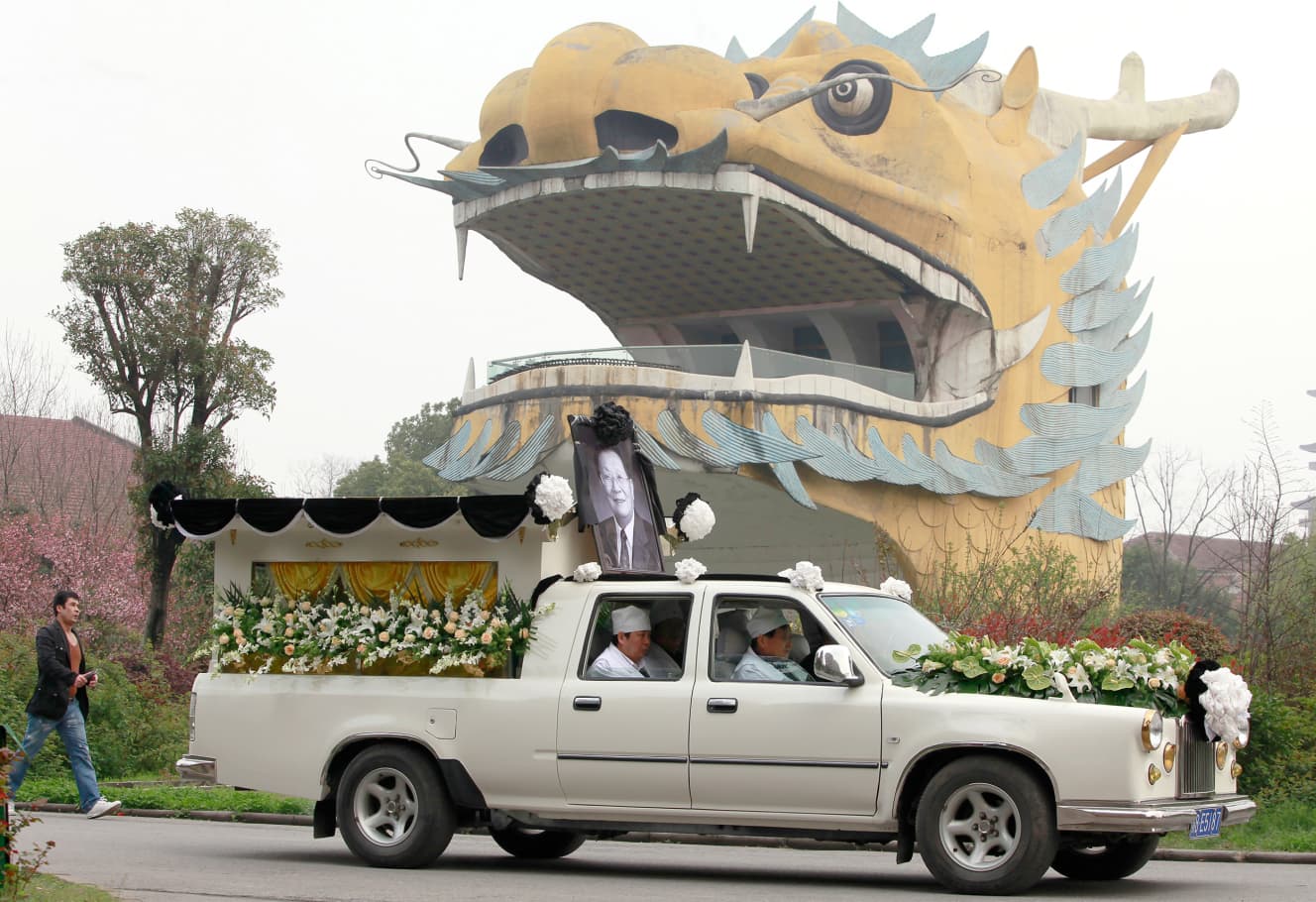China’s richest village, where “every family has a house and a luxury car,” has gone bankrupt at a cost of 8 trillion yen.
In the 1990s, the village made a fortune in the steel and textile industries, and even built a 72-story luxury hotel, the Great Wall of China, and the Arc de Triomphe. ......

A 72-story skyscraper hotel with a spherical observation deck at the top, a giant structure modeled after the “Great Wall of China” and the “Arc de Triomphe”–these are just a few examples.
A village in China with a population of about 30,000 in the eastern province of Jiangsu has virtually collapsed with a debt of 400 billion yuan (about 8 trillion yen) as of July 25. In the past, this village was called “the first village under the sun” and was admired as the wealthiest village in China.
Until the 1970s, Huaxi Village was a poor rural village. In the 1980s, however, the village’s representative, who was then secretary of the Communist Party Committee, took advantage of the country’s reform and open-door policies to embark on a collectivization program.
In the 1990s, he launched the “Huaxi Group,” which consisted of dozens of companies in the steel and textile industries, and made a huge profit. With the huge profits from the business, not only were education and medical expenses made free of charge, but also all families in the village were provided with a lavish one-stop shop for all their needs. Every family in the village was provided with a luxurious house and a luxury car,” said a reporter stationed in Beijing for a national newspaper.
The central government also praised it as a “model rural village” as the most successful example of reform. The central government invited Japanese and other foreign dignitaries to promote the prosperity of Huaxi Village overseas. However, …….
In the 1960s, the village was the first village in China to be designated as a “model village” by the Chinese government, and it was the first village to be designated as a “model village. In the 10s, the decline of Huaxi Village began. The steel and textile industries that had supported the village declined, and there was a sudden oversupply.
The quality of services provided to the villagers declined accordingly. In an attempt to somehow recover, the village expanded its business to include finance, petrochemicals, and shipping, but failed at every turn. In the latest financial collapse, 80% of Huaxi Group’s shares were sold to an investment company for a mere 1 yuan (about 20 yen).
Huaxi Village has continued to increase production of “golden cows,” “dragon’s heads,” and other low-value luxury goods, without a long-term strategy and by taking an ad hoc approach. The village’s collapse, which came as a result of its efforts to construct huge buildings and disperse money to the villagers, was “self-inflicted. On the other hand, “the Chinese authorities are also to blame,” says Kota Takaguchi, a journalist familiar with the situation in Huaxi.
At the beginning of the 21st century, it was clear that Huaxi Village had reached an impasse. However, it was difficult for the authorities to admit this because of the construction, which was widely advertised as ‘China’s most successful example. They forced the village to prolong its life, and it fell into a miserable state with debts of 8 trillion yen and no way to get out of it. If we had taken action at an earlier stage, the damage would have been less severe.
The “successful model of reform and opening up” that was driven by the policies of the authorities has now become “the most heavily indebted example of failure.






From the August 18-25, 2023 issue of FRIDAY
PHOTO: Reuters/Afro Jiji Press